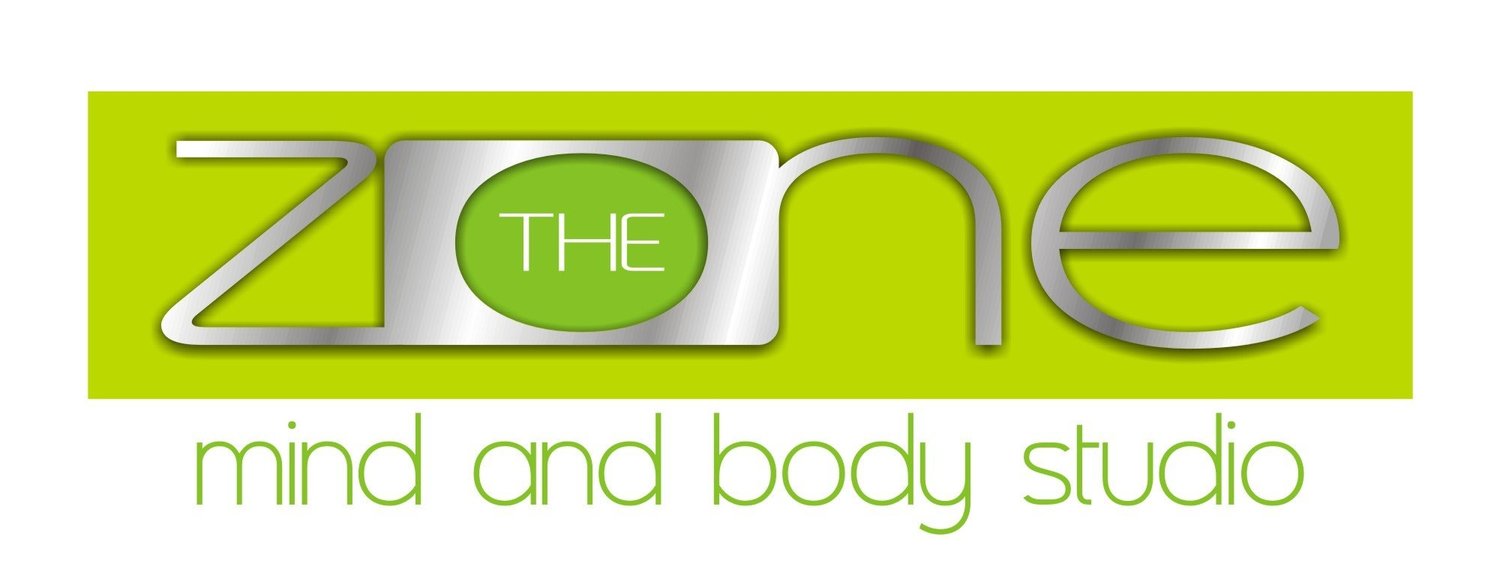Strength Training with Pilates
I believe the core strength that Pilates is most popularly known for is not the end goal in Pilates workouts.
The goal of this system is to use that core strength to build functional strength and more effective movement patterns, to improve quality of life.
Pilates is popularly identified as an exercise program that addresses postural and muscular imbalances, and strengthens the core. However, the strength training, mobility and joint stability benefits of Pilates are lesser recognised.
What is strength training
Strength training or resistance training involves exercising to improve muscle strength and endurance. This training is done using bodyweight, resistance machines, free weights and various other small equipment.
Benefits of strength training include:
- stronger bones and muscles
- increased endurance and stamina
- improved balance and coordination skills
Pilates incorporates strength training using resistance-based equipment and bodyweight. The wide range of resistance equipment includes - Reformer, Tower, Chair and Cadillac-Trapeze.
These machines are adaptable to varied fitness levels - from the deconditioned to the elite sportsperson or athlete. They are designed for low impact workouts that do not stress the joints, making these workouts sustainable and possible to do consistently through one’s lifetime.
Working with the Pilates resistance machines helps build muscular strength, endurance, stability, balance, and muscle definition.
By definition, strength training should improve strength and thus your workouts should be programmed to ensure continued challenge and progress. With a wide range of movements available, on the Pilates machines, workouts can be programmed with varied work-load and difficulty.
The key lies in the ability of the instructor to understand your body and be able to program workouts to maximise your gains and progress. Investing in personal training, for your Pilates workouts, rather than being part of a generalized group will ensure each session is completely focused on you.
Injury recovery and prevention with Pilates strength training
An integral part of this method is a focus on postural and muscular balance using efficient, effective movement patterns. This makes Pilates an ideal system for rehabilitation, injury recovery and prevention.
The strong mind-body connections emphasised in Pilates workouts leads to a dramatic increase in one’s body-awareness.
Strengthening your muscles with a better awareness of how to use them, helps you move stronger and better.
No wonder then that Pilates is a popular inclusion in fitness programs of professional athletes and sportspersons worldwide. Being able to move better helps to minimise injuries.
When your goal is building muscle mass through weight-training workouts, Pilates is an excellent complement to your training program.
Pilates focuses on building muscle strength and endurance along with increasing mobility and joint-stability – all important factors in a weight-training program.
Mobility is an important factor for an effective weight-training program - to improve range of motion, keep movements fluid, and reduce risk of injury.
Pilates workouts focus on a wide range of controlled motion, through the joints, while also balancing opposing muscles through each exercise.
In Pilates exercises movements are fluid, controlled, and dynamic. This kind of training helps in weight training for muscle mass – when lifting heavy loads, the ability to move fluidly with control is important.
Pilates workouts can also be incorporated into your weight-training program to help challenge the body differently and/or be used as an active recovery session for sore muscles. Again, programming is key.
Such a vast repertoire of exercises and movements presents endless possibilities for effective strength training – for a lifetime!
To know how our Pilates Personal Training Program can work for you, click here.
